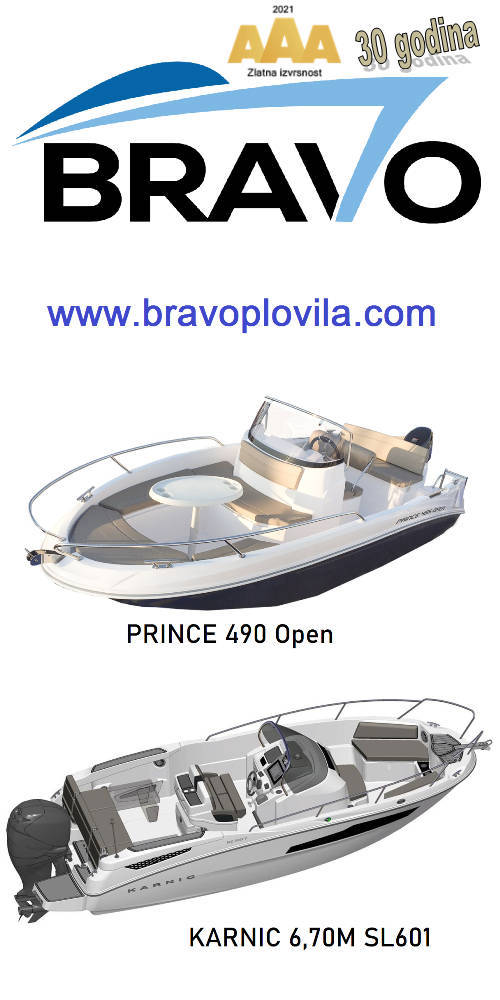Sailing is fun and sailing well leads to confidence, safety and more even more fun on the water. A great skill to practice is stopping your boat in a specific location. This skill is used when sailing up to a mooring, sailing along side a dock, or rescuing a man overboard. You need to be able to do these things without an engine for the obvious reason that sailboat engines are known for occupying the low end of the reliability scale.
Most people learn to stop their boat by heading up in to the wind and coasting to a stop. This method is perfect if you are not worried about where you coming to a stop. Coasting into the wind is also a recipe for visiting your sailmaker soon to buy a new genoa since luffing head-to-wind flogs the leech of the genoa against the mast and shrouds.
When you try to stop by luffing directly into the wind, you are in an all-or-nothing position. If you made your turn into the wind too far from the mooring, you'll stop short and have to make another attempt. If you approach too fast, you'll sail right by the mooring; even if you manage to grab the mooring's pick-up stick, it will either pull out of your hands or you'll end up riding over the mooring chain, which will chew up your bottom paint and the leading edge of your keel. Neither of these situations are ideal.
If you want to come to a stop at a specific location, approach on a close reach. To slow down, release the sheets so that the sails luff completely (If you are two wide of a reach, you will not be able to luff the main enough since the shrouds will prevent the main from luffing completely). If you find the boat slowing down too much, trim one or both sails slightly to so that the aft end of the sails are drawing. This will give you some speed but keep the boat from accelerating to full speed. If you are moving too fast, let the sails luff again. By luffing and trimming slightly you can constantly fine-tune your speed as approach the mooring ball.
By practicing with a mooring ball, you'll be much better prepared to rescue a crewmember who has fallen overboard. With someone in the water, the last thing you want to do is make several attempts to get back to him or her. Also, don't forget to view UK-Halsey's safety at sea videos, which show how to rescue a crew overboard as well as how to get them back on the boat once you make that perfect approach to them in the water.
UK-Halsey article






















